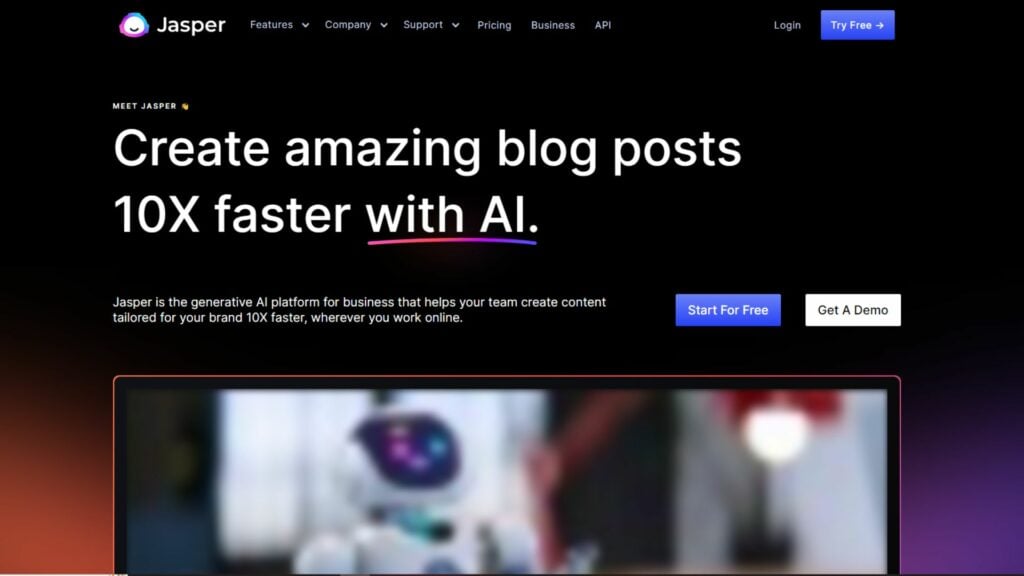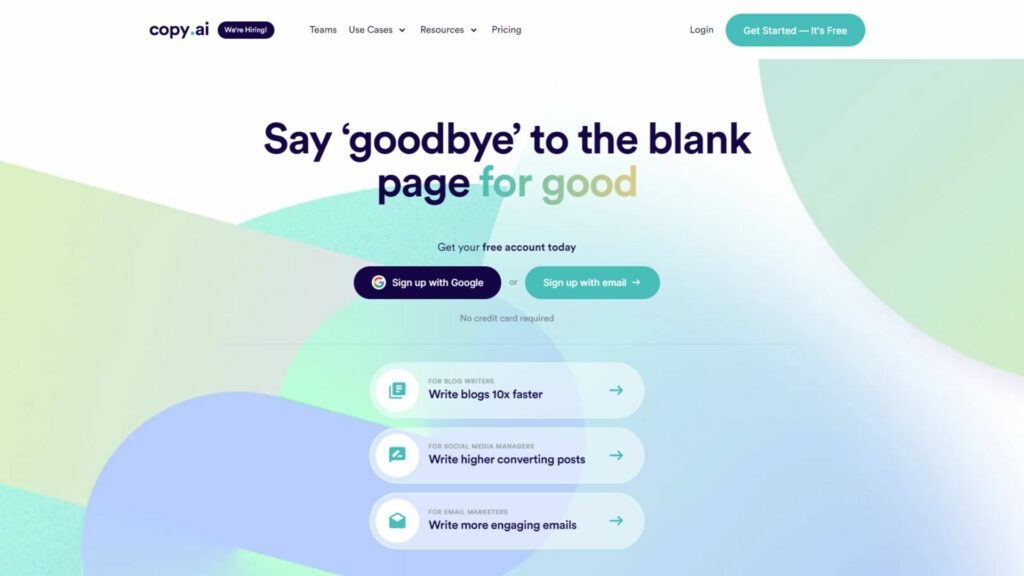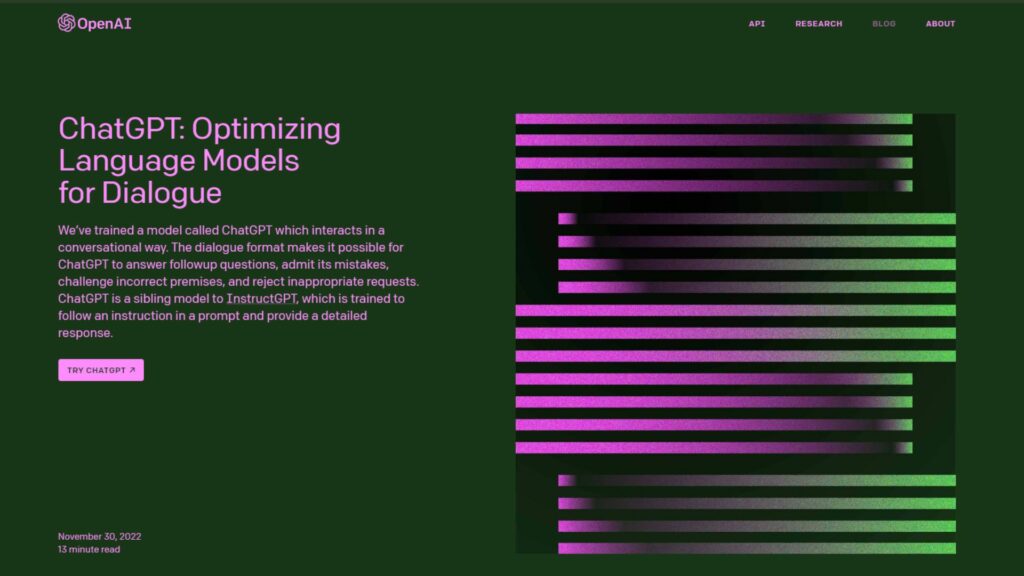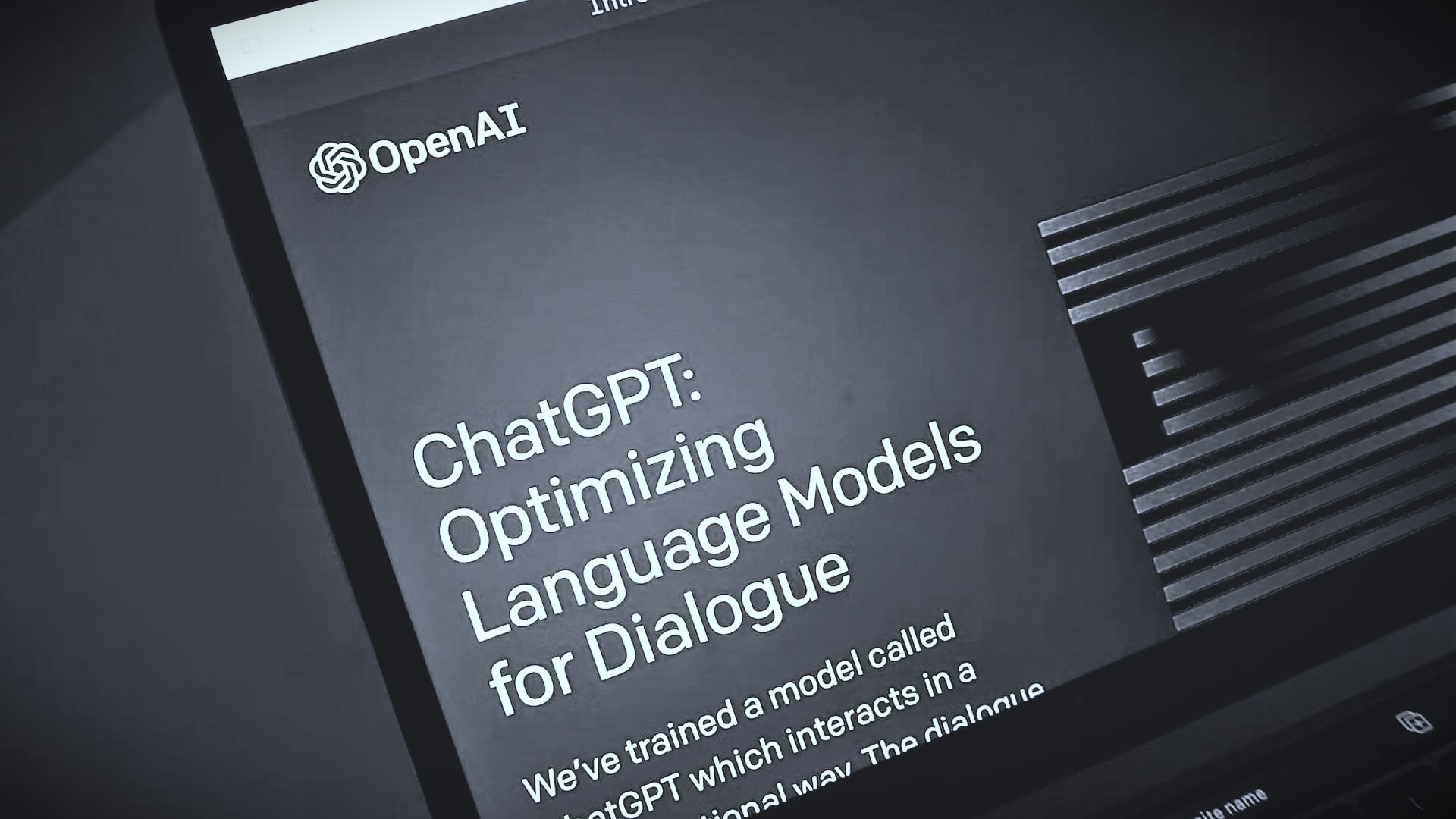As the demand for digital content grows, so does the need for efficient and effective ways to produce high-quality text at scale. Artificial intelligence (AI) is quickly changing how we write and edit content, helping copywriters create more engaging experiences faster than ever before.
These impressive experiences demonstrate how AI revolutionizes copywriting processes worldwide, allowing businesses to produce better results with fewer resources.
But what does that mean for copywriters? Will AI put them out of jobs? AI for copywriters is undoubtedly the immediate future, but you must understand it best to produce better content that will keep repaying you in the long run.
This guide will provide a comprehensive look into how AI can be used in copywriting—from understanding its benefits to exploring specific use cases to help you maximize this powerful technology.
How AI Copywriting Tools Work
AI tools use natural language processing (NLP) technology to generate high-quality content quickly. By analyzing a text corpus—an extensive collection of existing writing examples—the AI can learn how to write in the same style and tone as the samples. It can then create new, original pieces of writing that match the existing corpus.
Using AI copywriting tools, you can create content in a fraction of the time it would take to craft an article by hand. The AI scans your inputs and pulls out keywords and phrases most closely associated with the topic. It then builds sentences around these terms, making sure they make sense grammatically and are free of typos.
Thanks to machine learning, the AI only gets more intelligent with time and learns from your feedback—the more you use it, the better the output will become.
Generative AI and GPT3
Copywriters know generating multiple copies on the same topic can feel redundant and boring. With AI, writers can now unshackle themselves from the mundane and explore new and imaginative ideas.
Generative AI, or GANs, is a machine learning algorithm that creates new data based on existing data sets. This type of AI benefits copywriters by generating multiple versions of the same text with varying degrees of complexity or accuracy. For example, a generative AI system could create hundreds of unique headlines or taglines for the same advertising campaign.
GPT3, (Generative Pre-Trained Transformer 3) is the latest version of OpenAI’s natural language processing platform. GPT3 takes the idea of generative AI and applies it to natural language processing by learning from a vast pool of online data sources.
This enables GPT3 to understand the context, intent, and meaning of written content to generate new text that is relevant and appropriate for the given task. This makes GPT3 an ideal tool for copywriters because it can create compelling and creative copy without requiring different inputs from the user.
What Outputs can Generative AI and GPT3 Produce for Copywriting?
Generative AI and GPT3 can create various types of content quickly, efficiently, and with minimal effort from the copywriter. Here are some outputs that generative AI and GPT3 can produce for copywriting:
Automated Content: The most impressive output of AI tools for copywriters is automated content that can supplement copywriting projects, including blogs, web copies, product descriptions, YouTube descriptions, letters, etc. Writing blogs and web copies require expertise and can be time-consuming. AI tools minimize the workload by creating unique and accurate copies, requiring minimum input from the copywriter.
Automated Headlines: Generative AI and GPT3 can automatically generate creative, eye-catching headlines. This helps copywriters attract readers to their content quickly and effectively.
Text Summaries: AI tools can create summarizations of longer pieces of text, which is an excellent way for copywriters to condense information into smaller, more digestible chunks.
Meta Details: Generative AI and GPT3 are also great for generating meta details such as titles, tags, descriptions, etc. Meta details are more complicated than it sounds. Using AI tools can help copywriters generate meta details that are accurate, specific, and tailored to the content.
Calls-to-Action: CTAs are another output AI tools can generate. This helps copywriters entice readers to take further action, such as subscribing to a newsletter, registering for an event, or purchasing.
Data-Driven Content: AI tools can also produce data-driven content, including graphs, charts, and other visuals. This helps copywriters accurately explain complex topics in a more visually appealing manner.
Ad Copy: Ad copies that are concise, engaging, and tailored to a specific audience are another output copywriters can produce using AI tools.
Social Media Content: Generative AI and GPT3 can create social media content. This includes captions, hashtags, tweets, etc. Using AI, copywriters, and agencies can reduce the workload to keep their profiles updated to focus more on more important tasks.
Rephrase Content: AI tools can also rephrase any content. This helps copywriters create unique content while preserving the content’s original meaning.
Can GPT Content be Detected?
Copywriters using AI until recently didn’t have to worry about their content being detected. But with the lightning-fast development of GPT tools, AI detectors have also been introduced by organizations, firstly by Open AI, to detect plagiarized content generated by GPT technology, though they are not particularly proficient.
In a recent development, Google announced upgrading its algorithms to detect GPT content. This will be done through an AI system that can recognize the telltale signs of generated content and will then flag any articles as “GPT-generated.” Google plans to use this tool in its PageRank algorithm, which ranks webpages for search results.
The surmised result is penalization from Google and possible sanctions from other organizations, such as universities and publishing houses. While advancement in accurate detection is slow, copywriters and agencies must be extremely careful when using GPT technology to write content or risk being penalized for plagiarism.
How Google Treats AI Content
Google has long been a leader in the Artificial Intelligence (AI) space. They have used AI to develop smarter search algorithms that make it easier for users to find what they’re looking for and create virtual assistant products like Google Assistant and Google Home. But how does Google treat content created using AI?
Google looks for quality in any content, regardless of whether AI or humans produced it. As such, it is important to ensure that any content produced with AI meets the same standards as human-generated content in terms of accuracy, relevance, and originality.
Google also looks at how users are engaging with the content generated by AI. If an AI-generated piece of content resonates more with users than one created by a human, Google may give it higher rankings in its search engine results pages.
Overall, Google encourages using AI to create content as long as the quality is maintained and users find it valuable.
Top 3 AI Tools for Copywriters
Jasper

Jasper is an AI-powered assistant that helps copywriters increase their productivity by helping them complete tasks like content outlines, writing, and editing. This tool offers various templates, from blog posts to web copies and Amazon product descriptions to company bios and Ad copies.
Jasper uses inputs from the copywriter, including brief descriptions, tone of voice, keywords, and target audience, to produce accurate content within seconds. It even provides real-time feedback and suggestions on improving the content, which can help save time while editing.
CopyAi

Like Jasper, CopyAi is a great AI-powered tool that helps copywriters quickly create engaging content. It uses natural language processing and machine learning to generate compelling headlines and write entire pieces of content in seconds.
CopyAi also has built-in features such as topic suggestions, an auto-outlining feature, and customizable templates, making it easier for copywriters to produce high-quality content.
ChatGPT

ChatGPT is an AI-powered tool focusing more on conversational content than the other two. It uses NLP and machine learning to generate both written and spoken dialogue, mimicking human conversation. With ChatGPT, copywriters can create chatbot scripts for customer service, marketing automation, and more.
Pros and Cons of Using AI Copywriting Tools
We’ve discussed how AI can help copywriters speed up their processes. But AI’s assistance doesn’t come without drawbacks. Here are the pros and cons of using AI copywriting tools.
Pros
Here are the pros of using AI copywriting tools:
- AI copywriting tools can help you create content quickly, allowing you to produce more in less time.
- AI copywriters can better mimic your brand’s style and tone, which is especially helpful if you have multiple writers contributing content.
- AI copywriting tools can help create more consistent content in terms of quality and cohesiveness.
Cons
Here are the cons of using AI copywriting tools:
- AI copywriting tools have difficulty understanding context, so they may be unable to use language accurately in ways appropriate for the audience you’re trying to reach.
- AI copywriting tools can be expensive, so if you don’t have the budget to invest in one, it may not be a viable option.
- AI copywriting tools rarely produce grammatically and statistically accurate content, so editing and proofreading become crucial for copywriters.
Will AI Replace Copywriters?
The idea of Artificial Intelligence (AI) replacing copywriters is a scary thought for many. After all, copywriters have been creating effective copy for years, and it’s not something that can be easily replaced by technology. However, many believe that the future of AI could make it possible to automate certain aspects of the job—particularly regarding research and data analysis.
As it stands, AI will not completely replace copywriters. While AI can automate specific tasks, it will still require the creative input of a human being to produce a compelling copy. A computer may be able to pick out trends from data and suggest content ideas, but it’s still up to the copywriter to craft a compelling narrative.
Copywriters are also invaluable when it comes to understanding their target audience. AI can identify trends in a database of customer data. Still, it can’t anticipate how consumers react to different messages or what language will be most engaging. The ability to think outside the box and come up with creative solutions is something that AI can never replace.
The future of AI and copywriters is uncertain, and the extent of AI’s automated machine learning is yet to be seen. For now, copywriters are here to stay even as AI advances. While automated processes and machine learning can help speed up certain aspects of the job, the human element remains essential for crafting effective content.
Key Takeaways
As more AI copywriting tools become available, it’s essential to carefully weigh the pros and cons of using them in your workflow.
Here’s what you need to keep in mind regarding AI copywriting tools:
- GPT and generative AI can produce various types of content, including blogs, web copies, ad copies, headlines, CTAs, product descriptions, and so much more.
- AI-generated content can be detected, but Google does not penalize it if content demonstrates EEAT and adheres to Guidelines.
- Human copywriters are still essential for creating emotionally-charged brand messages that resonate with the target audience.
- While AI can help speed up certain aspects of the writing process, the human element is still crucial for producing effective copy.





